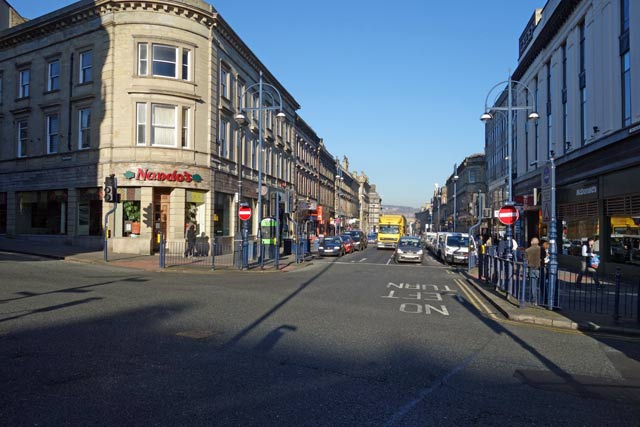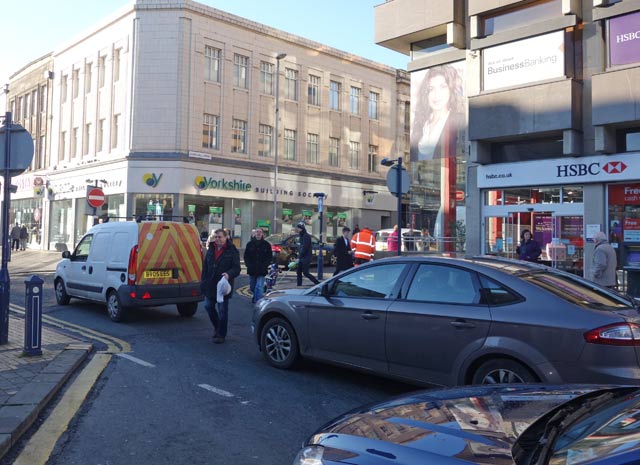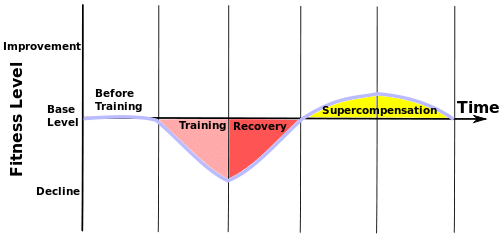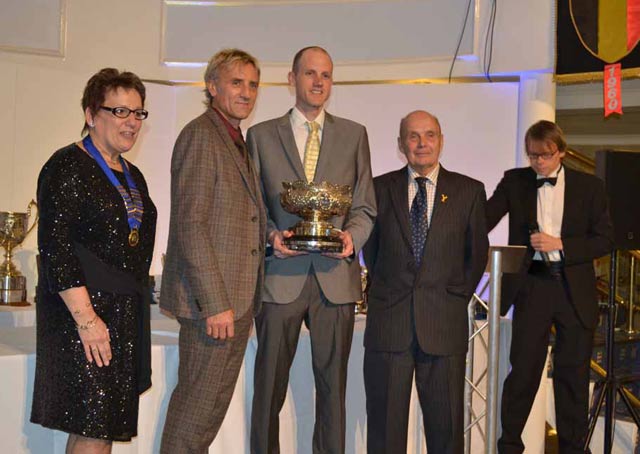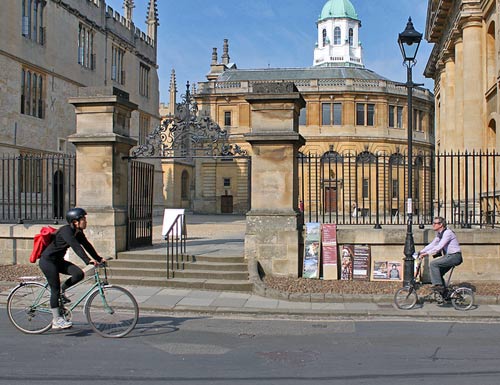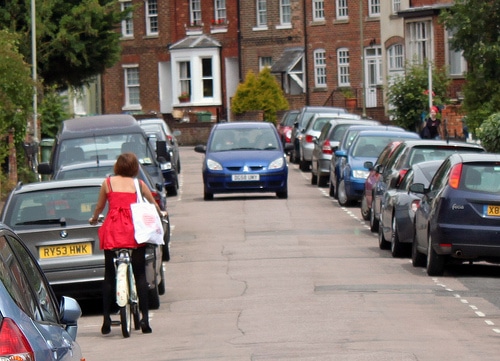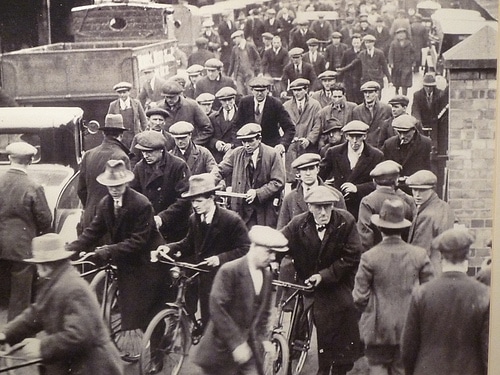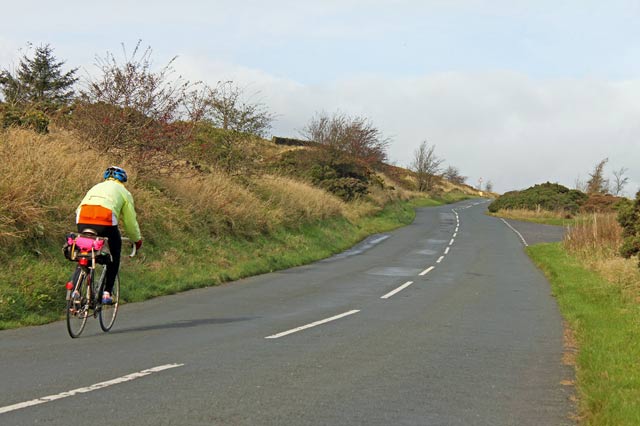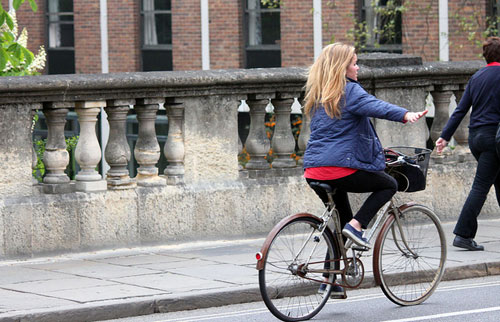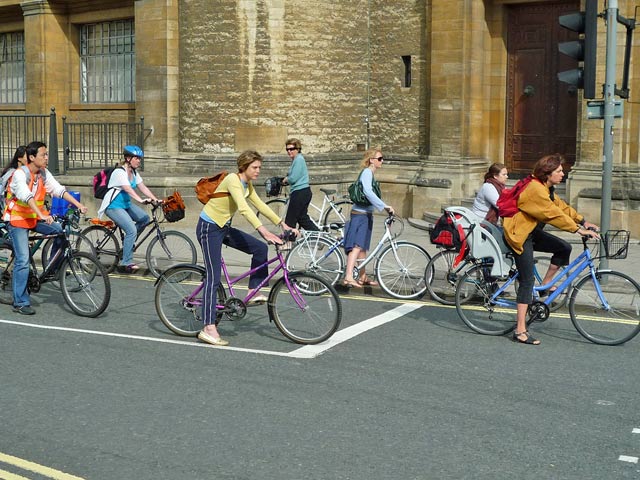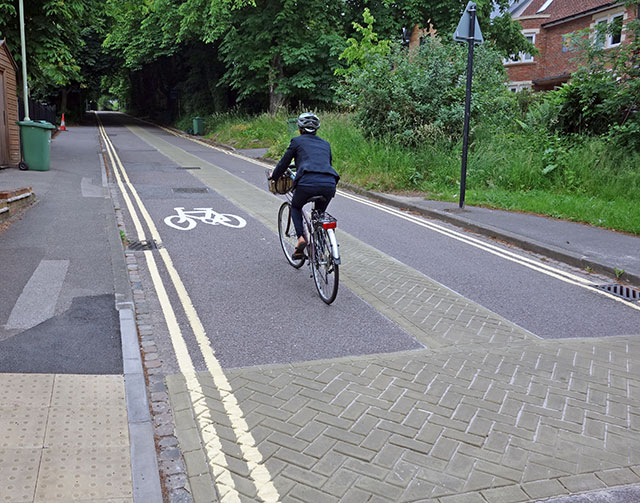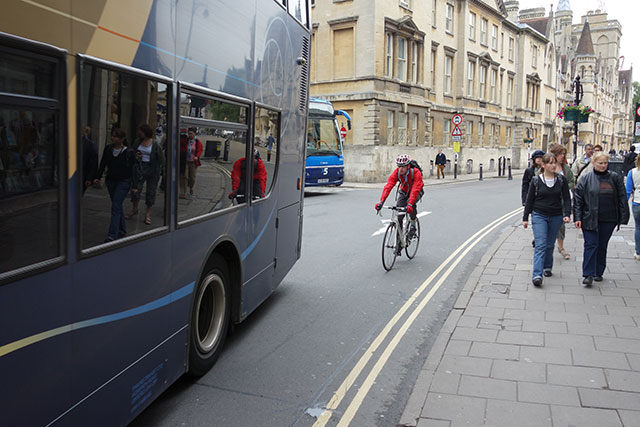It’s not often I get too excited about 20 minutes on the turbo. But, after a few weeks off the bike any kind of exercise is welcome.
One of the attractions of cycling is the benefit to general mood. After a day spent working at the desk, going out for a bike ride can blow a lot of the mental and physical cobwebs out of the system.
There is the basic chemical benefit of exercise, the slow release of serotonin – the natural ‘high’. Nature’s reward for overcoming lethargy and the hard work of exercise. Given that exercise can significantly improve health, it is perhaps unsurprising evolution has given some reward to those who partake exercise.

Cycling in the sweet spot
One of the best types of rides is a constant couple of hours, at an intensity which may be loosely be described as the ‘sweat spot’. It’s an effort level below lactic threshold and close to aerobic capacity. This intensity of exercise is not excessively painful nor does it do any real damage to muscles. You are not overly stressing the body, but giving it a very good work out. It’s a good training session because it can give high training returns, but doesn’t require extensive recovery.
This kind of session requires concentration to keep the pace high. If you don’t have concentration, you can slip off the target intensity and end up a level 1. But, when you can get in the groove and spend two hours of cycling at this intensity, there is a real buzz. Especially, if the weather is good, the road smooth and you’re in good shape, you can do an impressive average speed without killing yourself. This session gives everything, the feeling of speed, movement and all the chemical and mental benefits of exercise.
In terms of legal, natural mood enhancements, there aren’t many better suggestions that cycling for 1-2 hours in that ‘sweet spot’
Racing
Many people would be happy to cycle at a steady pace, rarely doing anything more than training at their aerobic capacity. But, others are drawn to the extreme of racing and training at the maximum intensity. The whole point of racing is to see how far you can test yourself. By nature it is physically painful because you are trying to push past the bodies warning signals of what is comfortable. Dealing with this pain and discomfort can be mentally challenging. But, at the same time, there is a underlying sense of satisfaction and a different kind of happiness. Some people say that when racing, it really feels like you’re living on the edge, there is a heightened sense of awareness and living. It may be torture when you’re doing it, but there is usually a welcome afterglow of achievement.
The mind and the mood
Not all cycle rides are the same. Sometimes you go out and everything slips into place. It is one of those proverbial float days, where the cycling is exhilarating and you get a tremendous benefit. Other times, the ride can feel hard work, and rather than improving your mood, it feels a struggle to get round and you begin to wonder what you are doing.
To a large extent, we can just get on the bike and cycle, but there is also a need to be aware of the train of thoughts we allow into our mind. If we become absorbed in a negative train of thought, like ‘this is a useless ride’ ‘why am I so slow?’ ‘Why can’t I beat X?’ – the joy of cycling evaporates. There have been the odd times when I’ve stopped by the side of the road to restart my mind and get ride of a certain train of thought. I often used to be out cycling, and I’d get worked up by Lance Armstrong getting away with taking drugs or something. It used to really eat into me. I had to make a conscious effort to get away from that and not even start to think of that topic. Otherwise when you’re cycling on you’re own you can start thinking in circles and the ideas get stronger.


